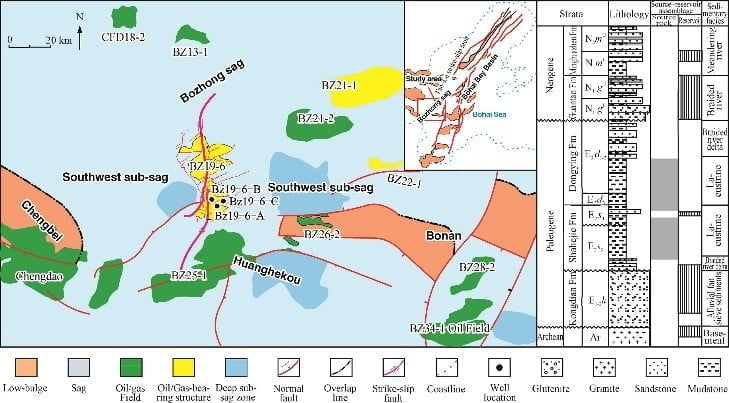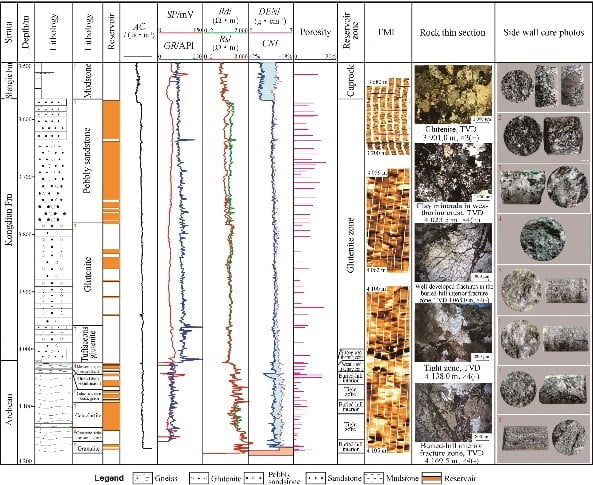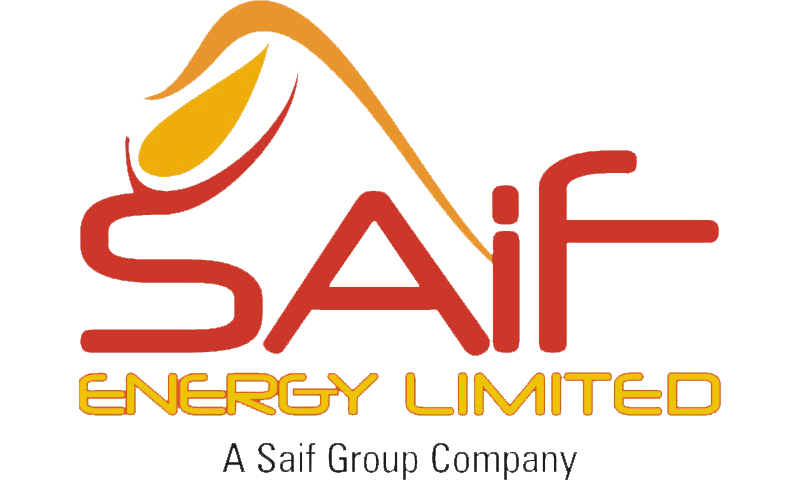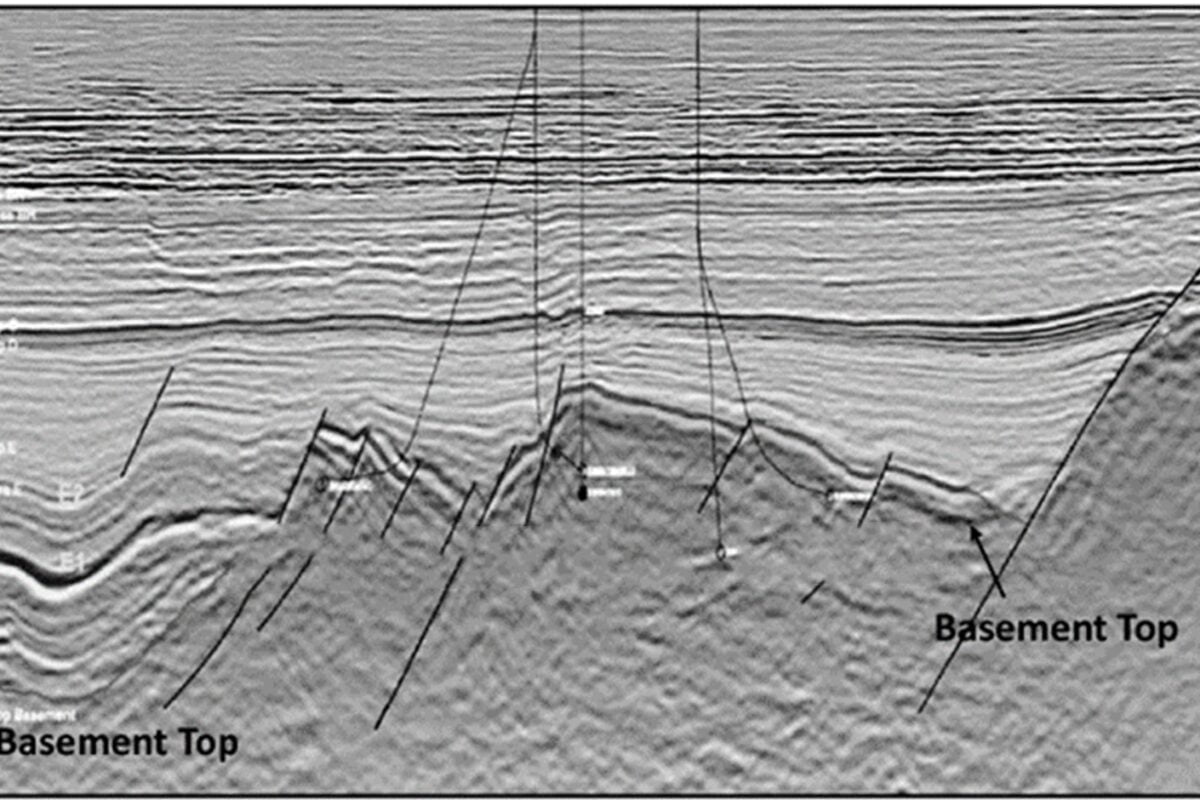China Strikes Black Gold in Unexpected Place: World's Largest Metamorphic Rock Oilfield Discovered
In a groundbreaking announcement, the China National Offshore Oil Corporation (CNOOC) revealed the discovery of the world’s largest oilfield in metamorphic rock, situated in the Bohai Sea off the coast of eastern China. The Bohai 26-6 oilfield is located in the southern part of the Bohai Sea (Figure-1), at a relatively shallow depth of about 22 meters. The discovery of an additional 40 MMcmg (1.4 Tcfg) now brings Bohai’s proven reserves to 200 MMcmg (7.1 Tcfg), establishing it as reputedly the largest metamorphic rock oil field in the world (World oil).

Figure 1 Location Map of Bohaj Sea with major features after Hou et al. (2019)
This discovery challenges conventional notions, as the majority of oil and gas reserves are typically found in sedimentary rock formations, unlike the metamorphic rock hosting the Bohai 26-6 reservoir. Metamorphic rock undergoes intense heat and pressure, fundamentally transforming its original form. Traditionally, these rocks were not considered viable candidates for oil and gas exploration. However, the presence of hydrocarbons in this metamorphic reservoir signifies a major breakthrough in independent oil and gas exploration technologies.
Porosity preservation and difference from conventional metamorphic rocks
Due to the scarcity of technical data on the Bohai 26-6 field, attention has shifted towards studying the surrounding area to understand its structural styles, petroleum system, and reservoir characterization. A thorough research paper on the BZ 19-6 field is accessible online, providing detailed information used in this article. Proper citation of the author has been ensured wherever necessary.
The logs in the figure-2 show that there is a separation in the N-D logs against the Archean metamorphic granite rock. According to Hou et al. (2019), The Archean metamorphic rock is dominated by metamorphic monzonitic granite, metamorphic diorite granite, gneiss and cataclasite intercalated with the later-stage intrusive bodies, such as dioritic porphyrite, ivernite and diabase.

Figure 2 Reservoir Characterization of drilled section after Hou et al. (2019)
The typical log response in the igneous and metamorphic rocks according to Kansas Geological Survey is as under,
The neutron log
Open pores typically have very low volumes in igneous and metamorphic rocks.
- low neutron porosity values in acid igneous rocks
- fairly low neutron porosity values in basic igneous rocks, except for sub aerially weathered basaltic lavas
- Low values in silica-rich metamorphics but increased values in micaceous rocks and very high values in chlorite schists.
The density log
The bulk density is a valuable diagnostic of igneous and metamorphic rock type.
- acid igneous rocks have a lower bulk density
- basic igneous rocks have a much higher bulk density
- Siliceous metamorphic rocks generally have a lower bulk density than micaceous metamorphic rocks.
In the Archean metamorphic rock, the density is high, and the neutron count, a direct indicator of hydrogen atoms, also increases. However, in the Kongdian Formation, both logs almost overlay. The elevated neutron value suggests additional hydrogen in the logged interval that is provided by either hydrocarbons or sufficient clay content. Additionally, there is notable porosity (5-6%) in the cores, with permeability below 2 milli darcy, as depicted in the figure above. Let’s assess if this aligns with the core details and petrology.
Sidewall cores, thin sections, and SEM analysis reveal well-developed karstification and weathering dissolution zones within the metamorphic rocks. Furthermore, Hou et al. (2019), asserts that there’s evidence suggesting the possibility of cryptoexplosion of supercritical fluid within the Archean buried-hill metamorphic granite. This event could have led to the formation of cryptoexplosive breccia or cryptoexplosive tuff, promoting thermal fluid filtrated alteration. Consequently, high-permeability reservoirs may have formed, containing abundant pores and fractures.
The Bohai 26-6 oilfield is situated primarily within a buried hill (geological feature), its reservoir part comprises of fractured and weathered basement rocks. Additionally, an overlying layer of coarse-grained clastics hints at the potential for additional oil reserves in this stratum. This scenario mirrors similar observations made by Henk Kombrink, GEO ExPro, such as the Lancaster field in the West of Shetlands, UK waters. In such cases, production extends beyond fractured basement rocks to include overlying coarse-grained clastic rocks. It’s intriguing to explore whether this phenomenon repeats itself in China, especially given the thicker upper section.
This find not only holds significant economic potential for China but also represents a crucial step forward in the diversification of global energy sources. As the world continues to navigate the complexities of the energy landscape, the Bohai 26-6 discovery serves as a reminder of the potential for innovation and the ongoing quest for sustainable energy solutions.
Key Points:
- CNOOC discovered a large oilfield in the Bohai Sea, claimed to be the world’s largest in metamorphic rock.
- The oil is found in a buried hill, where the reservoir is primarily fractured and weathered basement rock.
- The presence of overlying coarse-grained clastics raises the possibility of additional oil reserves in this layer.
References
- Characteristic and controlling factors of deep buried-hill reservoir in the BZ 19-6 structural belt, Bohai sea area:
Mingcai Hou a b, Haiyang Cao a b, Huiyong Li c, Anqing Chen a b, Ajuan Wei c, Yang Chen a b, Yuechuan Wang c, Xuewei Zhou a b, Tao Ye c

